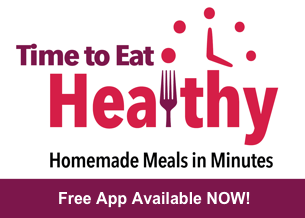The Skinny on Bacon
Follow these five tips and bring home “healthier” bacon!
By: Jodie Shield, RDN
Bacon’s popularity is sizzling! Who can resist its sweet, rich, hickory-smoked taste? Despite its rising fame, bacon is no health food (sorry Paleo Diet fans). Over 68- percent of bacon’s calories come from fat, almost half of which is artery-clogging saturated fat. Also, bacon is considered processed meat, which means it’s loaded with sodium and, according to American Cancer Society, may increase cancer risk. Bacon lovers hold on to your frying pan! Bacon doesn’t have to be totally off limits. Just follow these five tips and bring home healthier bacon.
Get centered. Center cuts of bacon have more meat, which translates to more protein and less fat. Tip: aim for 8 or more grams of protein per 1-ounce serving
Do a strip search. A serving of bacon is 1-ounce, but depending upon the thickness of the bacon cut, the number of strips per ounce varies. Tip: Read the nutrition facts carefully!
Limit preservatives. Nitrates are added to bacon to preserve color and flavor and to prevent bacterial growth. Since the body can transform nitrates intro nitrosamines (which have been linked to cancer in lab animals), the USDA requires bacon processors to add antioxidants, such as vitamins C and E, which have been proven to inhibit nitrosamine formation. Tips: buy nitrate-free bacon, drink antioxidant-rich orange juice with your bacon, cook bacon properly – overcooking adds more nitrosamines.
Keep your options open. Turkey bacon is a lean, tasty bacon substitute providing fewer calories and less saturated fat than pork bacon. Tip: Aim for 70 calories and 6 or less grams of saturated fat per 1-ounce serving.
Stretch the flavor. Bacon is so rich; a little goes a long way. Sprinkle a small amount over potatoes, soups, and salad. Tip: Try my lightened up layer salad and BLT Bites both featured on my app Time To Eat Healthy.






